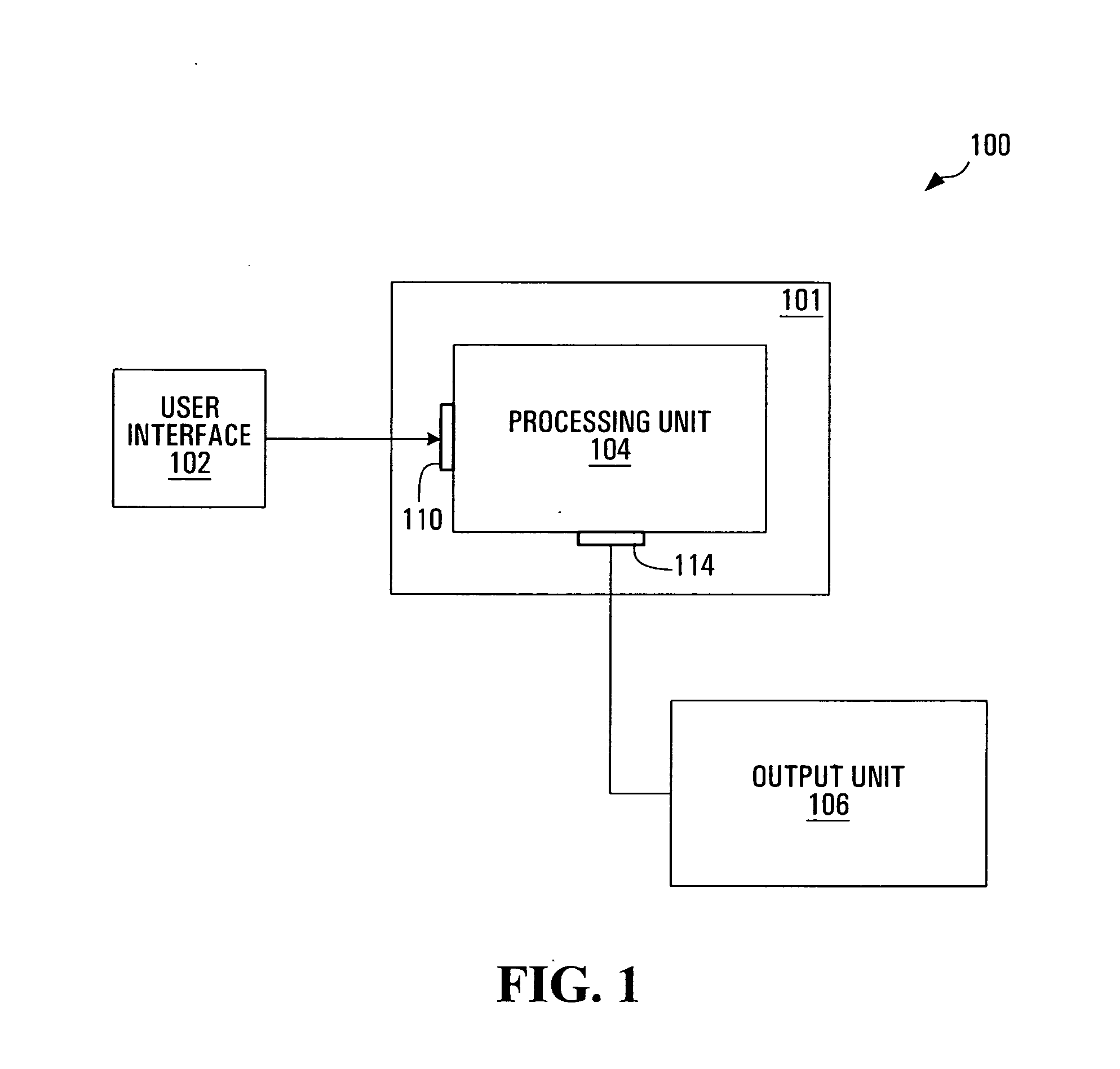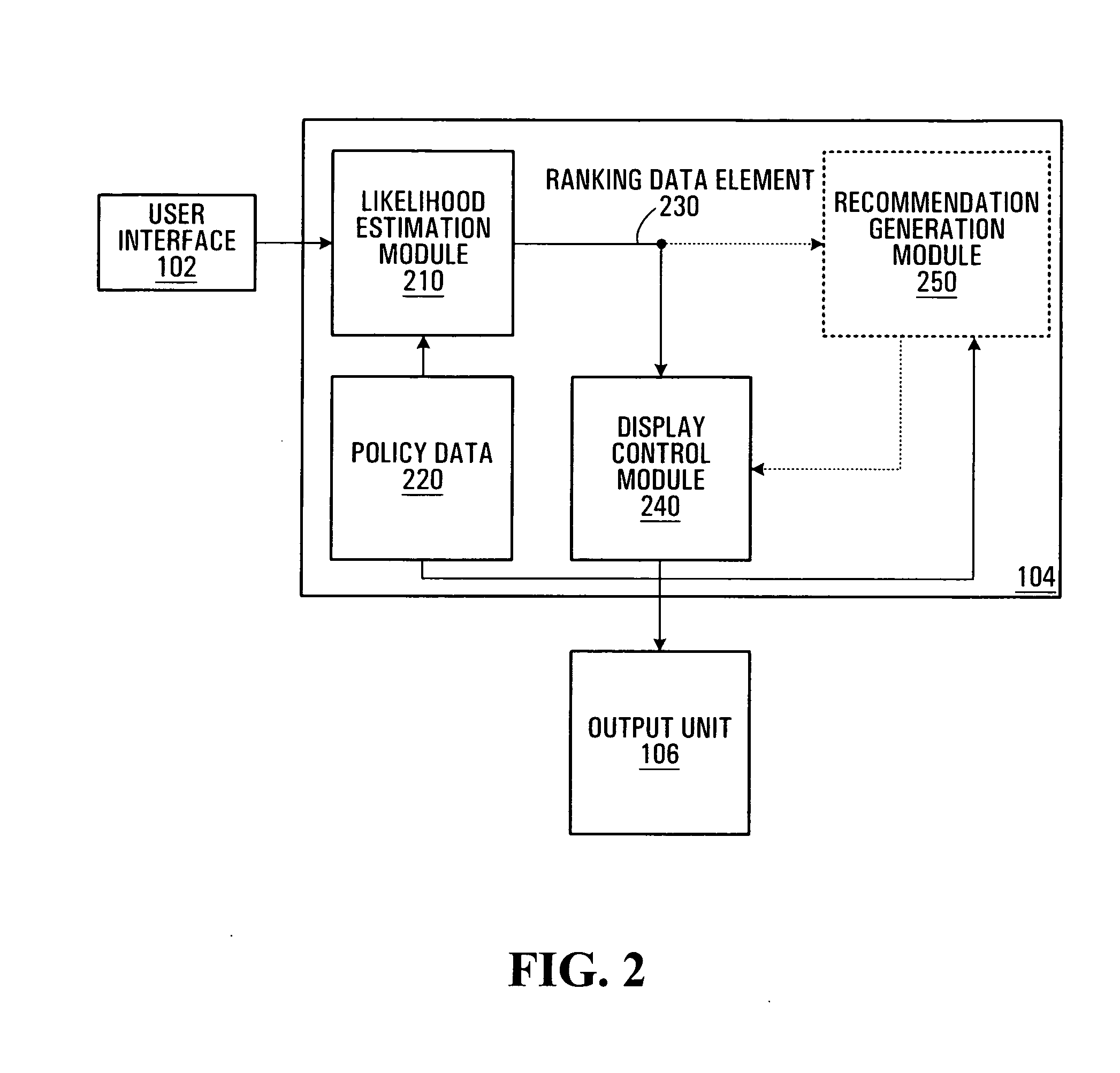Method and apparatus for estimating a likelihood of shoulder dystocia
a technology of probability and shoulder dystocia, applied in the field of obstetrics, can solve the problems of inability to adequately predict and or communicate, inability to stretch and hurt, and inability to reach the arm (the brachial plexus),
- Summary
- Abstract
- Description
- Claims
- Application Information
AI Technical Summary
Benefits of technology
Problems solved by technology
Method used
Image
Examples
Embodiment Construction
[0055] The present detailed description describes a method and apparatus and system directed to estimating a level of risk of shoulder dystocia associated to an obstetrics patient. The expression shoulder dystocia is used to refer to either one or both the incidence of shoulder dystocia with neonatal injury and shoulder dystocia without neonatal injury. It will however be appreciated that shoulder dystocia with neonatal injury is considered more desirable to predict. Consequently, the specific embodiments of the invention described herein are used to estimate a level of risk of shoulder dystocia with neonatal injury. However, alternative embodiments of the invention may be implemented to estimate a level of risk of shoulder dystocia without neonatal injury and such alternative embodiments fall within the scope of the present invention.
[0056] In biomechanical terms shoulder dystocia is a misfit between the bisacromial diameter of the baby's shoulders and the anteroposterior diameter...
PUM
 Login to View More
Login to View More Abstract
Description
Claims
Application Information
 Login to View More
Login to View More - R&D
- Intellectual Property
- Life Sciences
- Materials
- Tech Scout
- Unparalleled Data Quality
- Higher Quality Content
- 60% Fewer Hallucinations
Browse by: Latest US Patents, China's latest patents, Technical Efficacy Thesaurus, Application Domain, Technology Topic, Popular Technical Reports.
© 2025 PatSnap. All rights reserved.Legal|Privacy policy|Modern Slavery Act Transparency Statement|Sitemap|About US| Contact US: help@patsnap.com



